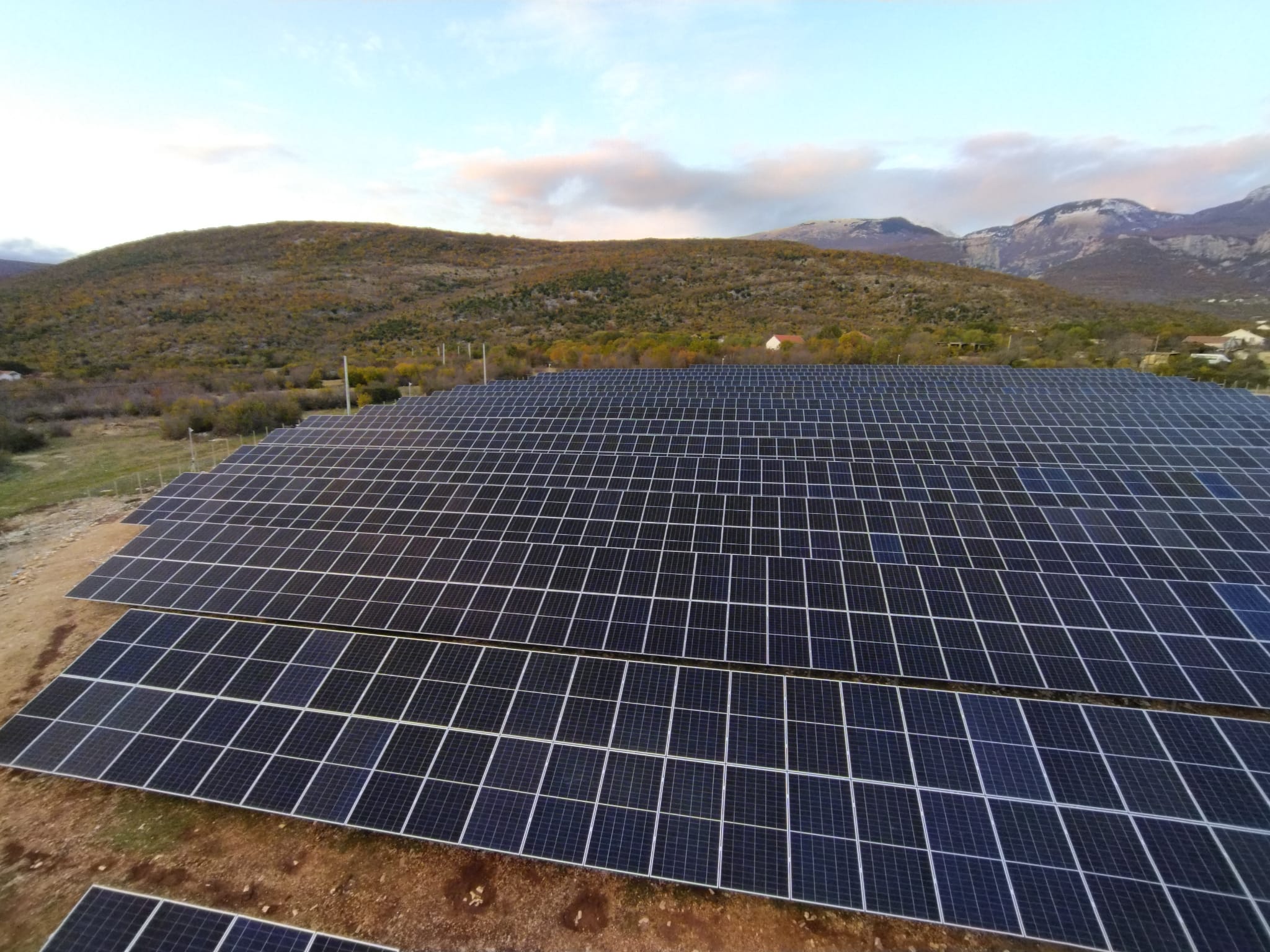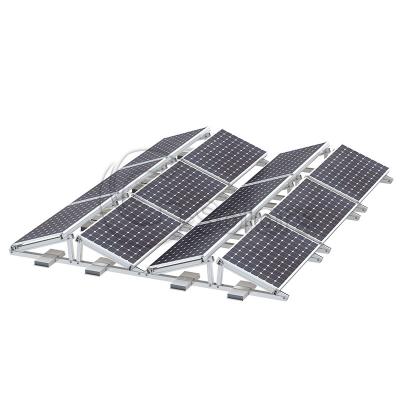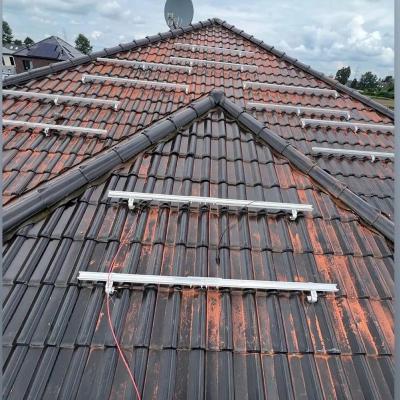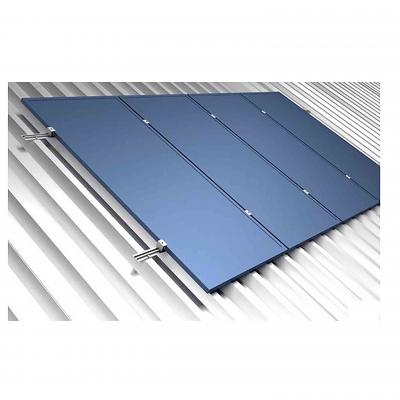The span distance of a solar bracket ground system can vary depending on the design and specifications of the particular system being used. The span distance typically refers to the distance between two mounting points or supports for the solar panels. It is important for the system to have appropriate spacing to ensure stability and structural integrity.
Factors that can influence the span distance include the size and weight of the solar panels, the wind load requirements, the type of mounting system being used (such as fixed tilt, single-axis tracking, or dual-axis tracking), and the local regulations or standards that need to be .
It is recommended to consult the specific manufacturer's guidelines or engineering specifications for the solar bracket ground system being used in order to determine the appropriate span distance for your particular installation.

How to design the spacing between the front arrangement and the rear arrangement of solar panels
The spacing between the front arrangement and the rear arrangement of solar panels in a ground mounted system depends on several factors, including the panel's dimensions, the angle of installation, and shading considerations. Here are some general steps to help you design the spacing:
Determine the dimensions: Start by measuring the dimensions of the solar panels, including length and width. Note down these measurements as they will be needed for the calculations.
Consider the tilt angle: Determine the tilt angle at which the panels will be installed. This angle affects how much space is required between the rows to prevent shading. A common tilt angle is the latitude angle of the installation location.
Calculate the shading factor: Calculate the shading factor for the selected tilt angle. The shading factor takes into account the angle of the sun, panel height, and row spacing. It helps determine the spacing required to minimize shading between rows.
Determine the row spacing: Based on the shading factor and the desired level of shading, calculate the necessary spacing between the rows. The spacing will vary depending on the specific requirements and the latitude of the installation location.
Consider maintenance access: Additionally, consider the spacing required to provide adequate access for maintenance and cleaning between the rows of panels. Sufficient space should be available for personnel to safely navigate and perform necessary tasks.
Incorporate site-specific factors: Finally, take into account any site-specific considerations, such as local wind conditions, clearance requirements, and local regulations or standards that might prescribe specific minimum spacing requirements.
Remember that this is a general guideline, and it's always recommended to consult with a professional solar installer or engineer who can evaluate your specific site conditions and provide precise spacing recommendations based on calculations and local regulations.





 en
en es
es pt
pt ar
ar hr
hr ro
ro










 IPv6 network supported
IPv6 network supported